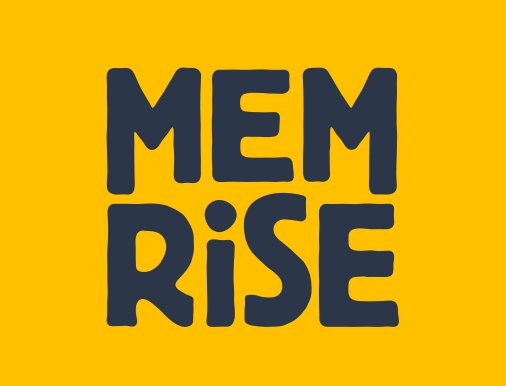
We have previously learned the singular forms of personal pronouns: wah4, lu4, ie1, ee1 and i1. Now let's learn the plural form. To create the plural, we simply suffix the morpheme lang2
 to them. The morpheme lang2 also serves as the word meaning "people". So, wah1lang2
to them. The morpheme lang2 also serves as the word meaning "people". So, wah1lang2  can be translated roughly as "we people".
can be translated roughly as "we people".Here are the forms:
We: wah1lang2

You (pl.): lu1lang2

They (masc.): ie1lang2

They (fem.): ee1lang2

They (neu.): i1lang2

All five above do not sandhi whether they appear as subject or object in a sentence. Therefore, you can write:
Wah1lang2 kio33 ie1lang2.

We call them.
Ie1lang2 kio33 wah1lang2.

They call us.
It's the same form in both positions.
Use ie1lang2 for the general third person plural, if it includes both male and female humans. Use ee1lang2 if it is entirely female humans. Use i1lang2 only for non-humans such as objects and animals, even if they are entirely male or female.
Wah1lang2 hien33tiok3 gu2. I1lang2 ciak3 chau4.

We saw cows. They are eating grass.
Ie1lang2 hien33tiok3 mi3si1. Ee1lang2 ciak3 pnui3.

They saw nurses. They are having lunch (literally, eating rice).
In the above sentence, there is not mistake that the antecedent for the pronoun ee1lang2 is mi3si1 (nurses).
In addition to the plural formed by adding lang2, Penang Hokkien also uses plural said to have been borrowed from Teochew.
They include:
wang1
 : we all (does not include you all)
: we all (does not include you all)luang1
 : you all (does not include we all)
: you all (does not include we all)lan4
 : we all (includes you all)
: we all (includes you all)lan1lang2
 : all of us, with the emphatic form lan4lang2
: all of us, with the emphatic form lan4lang2 
iyang1
 : they all (does not include we all and you all)
: they all (does not include we all and you all)
Previous Lesson | Next Lesson
Language Learning Tools
Use the following language learning tools to learn Penang Hokkien!Learn Penang Hokkien with uTalk
This app opens the door to over 150 languages.Return to Penang Hokkien Resources

Copyright © 2003-2025 Timothy Tye. All Rights Reserved.

 Go Back
Go Back
